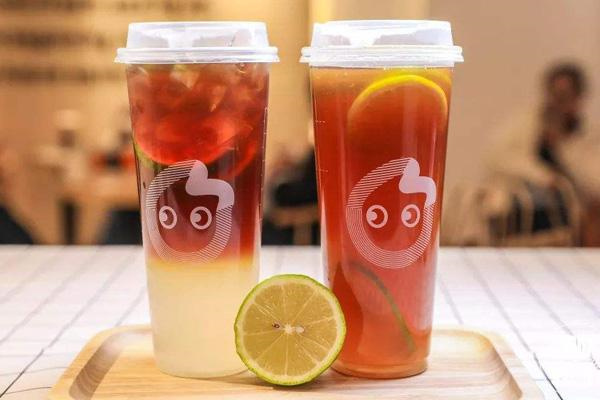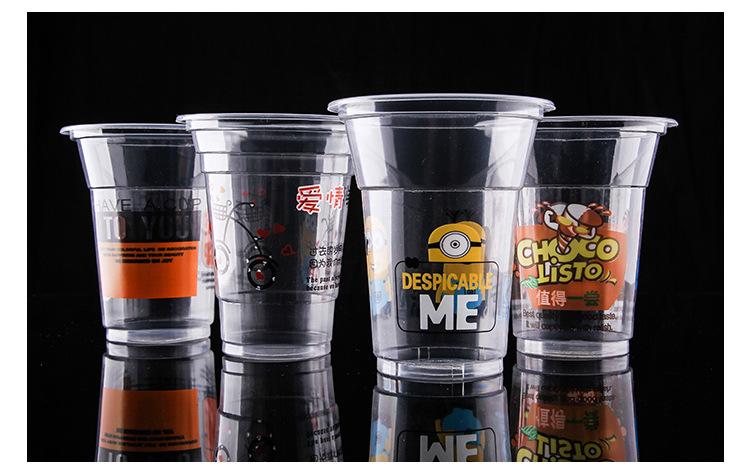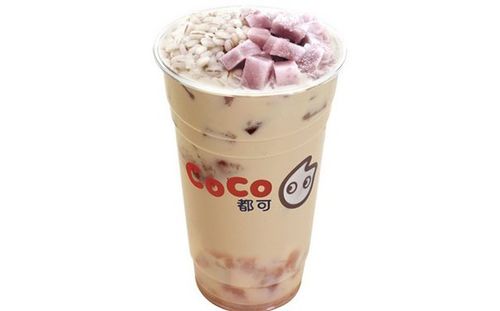how does drinking cup printing machine works(offset printing machine)?
PET drinking cup printing machine are specialized printing equipment designed to print high-quality graphics and designs onto PET (Polyethylene Terephthalate) drinking cups. Offset printing is a popular printing method known for its precision, speed, and ability to handle large volumes of printing.
Features and Benefits of PET Drinking Cup Offset Printing Machines:
- Printing Quality: PET drinking cup offset printing machines utilize advanced offset printing technology to achieve sharp and vibrant prints on PET cups. This results in visually appealing designs with excellent color accuracy and fine details.
- Speed and Efficiency: These machines are engineered for high-speed production, allowing for rapid printing of a large number of cups in a short time. This makes them ideal for fulfilling large orders and meeting tight deadlines.
- Automated Operation: Many PET drinking cup offset printing machines come equipped with automated features such as cup feeding, printing, drying, and stacking. This automation streamlines the printing process, reduces labor requirements, and enhances overall efficiency.
- Compatibility with PET Material: PET drinking cups require specific printing capabilities due to the nature of the material. PET printing machines are designed to handle the unique characteristics of PET, including its smooth surface and ability to withstand high temperatures during the printing process.
- UV Curing Technology: To ensure fast drying and curing of inks, PET drinking cup offset printing machines often utilize UV curing systems. UV curing technology accelerates the ink drying process, enabling immediate stacking and packaging of the printed cups.
- Flexibility and Versatility: These machines are equipped to handle a wide range of cup sizes, from small shot glasses to large beverage cups. They offer flexibility in terms of print customization, allowing for different designs, patterns, and even personalization options.
- Cost-Effective Production: Offset printing offers cost advantages for high-volume printing. The efficiency, speed, and low ink consumption of PET drinking cup offset printing machines contribute to cost-effective production, making it an attractive choice for cup manufacturers.
- Environmental Considerations: PET drinking cup offset printing machines often utilize eco-friendly UV inks and require minimal solvent usage. This reduces the environmental impact of the printing process, aligning with sustainability goals.



Conclusion: PET drinking cup offset printing machines provide a reliable and efficient solution for printing high-quality graphics on PET cups. With their advanced printing technology, automation features, and compatibility with PET material, these machines enable cup manufacturers to achieve visually appealing designs, fast production, and cost-effective operations. Investing in a PET drinking cup offset printing machine can help businesses meet the growing demand for custom printed PET cups while maintaining high standards of quality and efficiency.
However,while PET cup offset printing machines offer numerous advantages, it’s important to consider some potential disadvantages as well. Here are a few notable limitations:
- Initial Investment: PET cup offset printing machines can involve a significant initial investment. The cost of purchasing and setting up the equipment, along with associated infrastructure, can be substantial. This may pose a challenge for small businesses or startups with limited capital.
- Size and Space Requirements: Offset printing machines, including PET cup offset printing machines, can be large and require a dedicated space for installation. Adequate floor space and proper ventilation are essential considerations, which may limit the feasibility of these machines in smaller production facilities.
- Setup and Changeover Time: Offset printing machines typically require a setup process before printing can begin. This involves adjusting ink settings, plate alignment, and other parameters. Changeovers between different cup sizes or designs may also require additional time and effort. These factors can impact overall production efficiency, especially when handling frequent design changes or small batch sizes.
- Limited Flexibility for Short Runs: Offset printing is most efficient for large-volume production due to its setup and plate preparation requirements. Consequently, if your printing needs involve short runs or frequent design changes with smaller quantities, the offset printing process may not be as cost-effective or time-efficient.
- Specialized Operator Skills: Operating an offset printing machine, including PET cup offset printing machines, requires specialized training and expertise. Skilled operators are needed to handle various aspects of the printing process, such as ink mixing, plate preparation, color calibration, and machine maintenance. Hiring and retaining qualified personnel can be a challenge.
- Limited Substrate Compatibility: While PET cup offset printing machines excel at printing on PET cups, they may have limitations when it comes to other substrates. If your printing needs expand to different materials or products, the machine’s compatibility may be limited, requiring additional equipment or processes.
- Maintenance and Upkeep: Like any complex machinery, PET cup offset printing machines require regular maintenance and upkeep to ensure consistent performance and longevity. This includes routine cleaning, inspection, and potential replacement of components such as plates, rollers, and ink systems. Proper maintenance practices and spare parts availability are important factors to consider.
While these disadvantages exist, they are not inherent flaws in the technology itself but rather considerations to keep in mind when evaluating the suitability of PET cup offset printing machines for your specific business needs. Assessing these limitations alongside the advantages will help you make an informed decision and determine the most appropriate printing solution for your production requirements.
 DSTAR machine
DSTAR machine

WeChat
Scan the QR Code with wechat